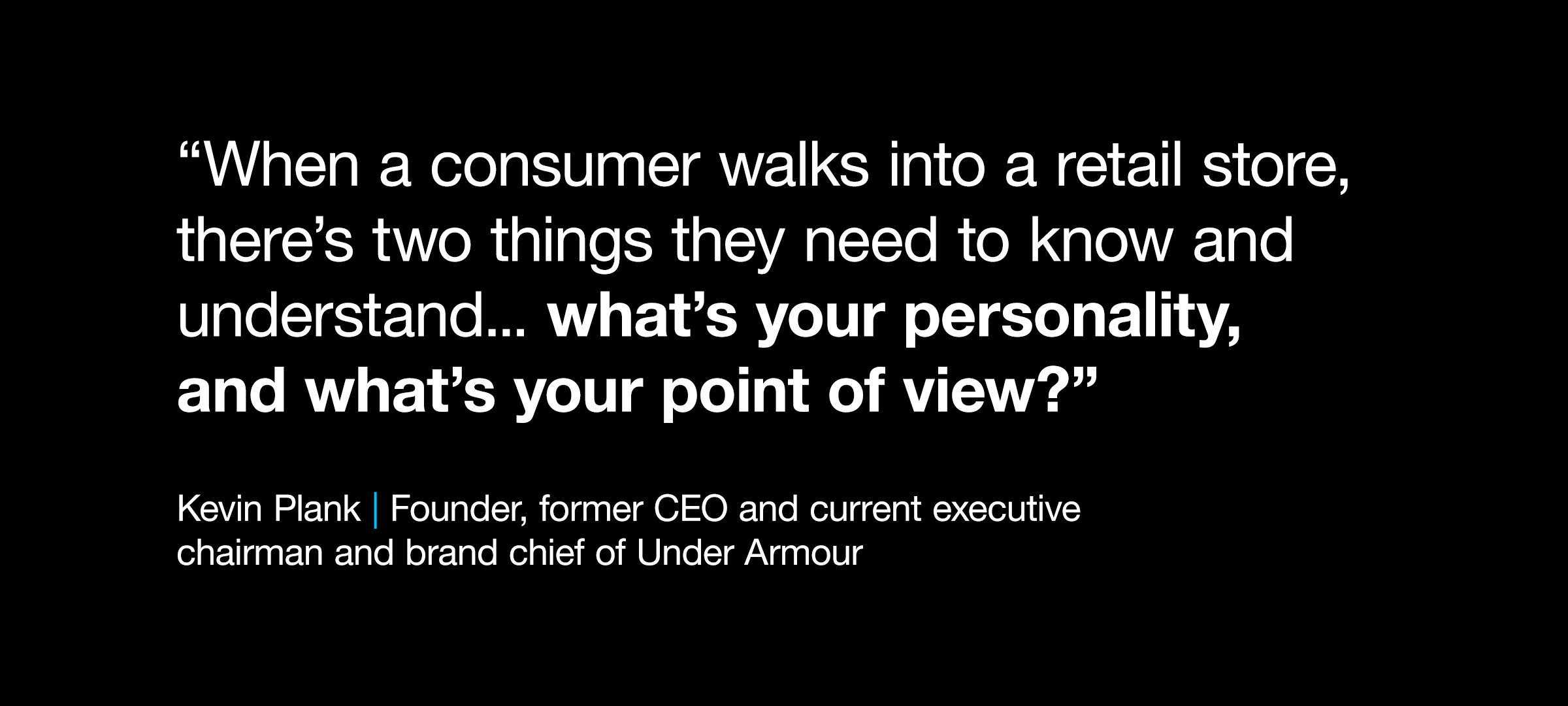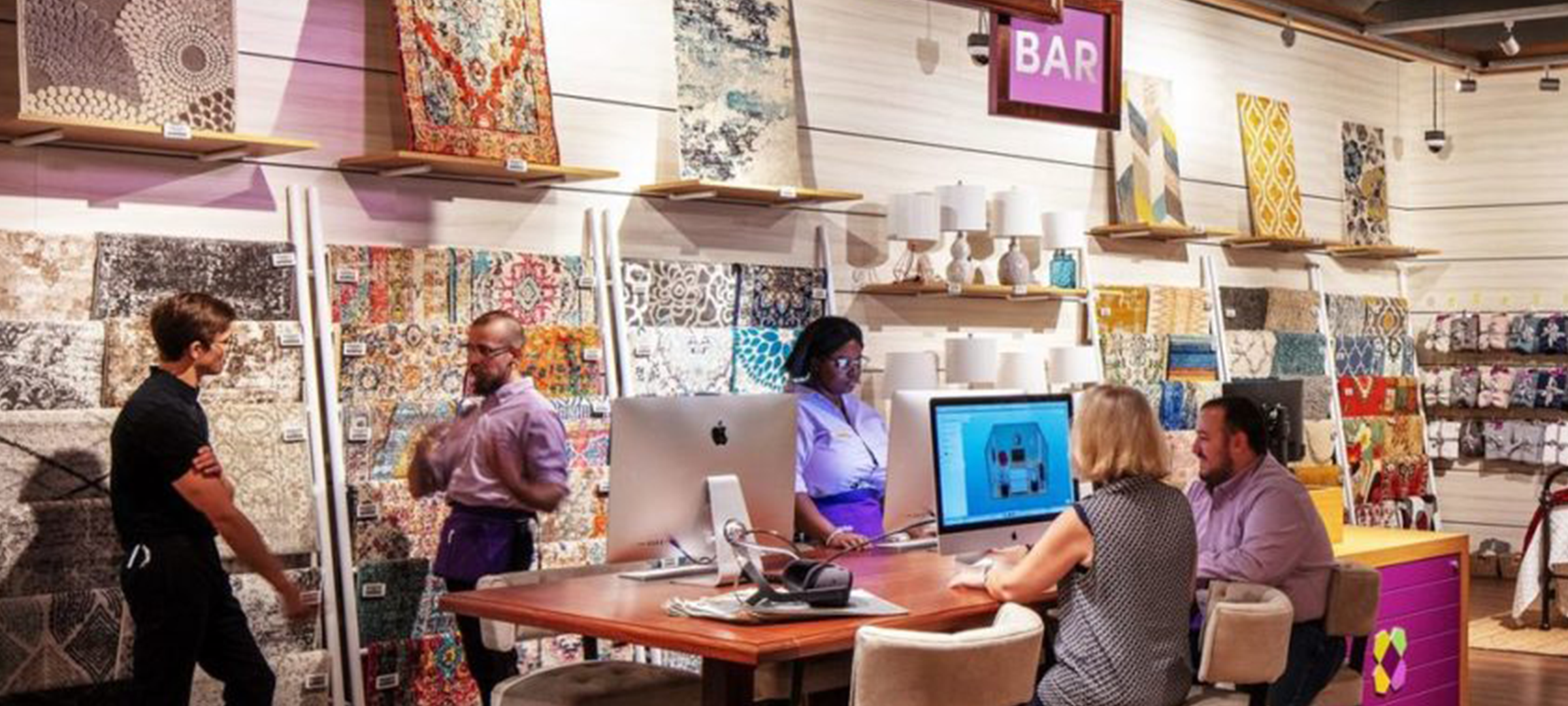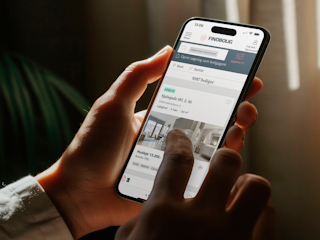At NRF 2020 Vision: Retail’s Big Show, retail thought leaders and innovative solution providers leant us their learnings about why, in 2020 and beyond, brick-and-mortar retailers will need to think outside the big box and ‘wow’ customers from the moment they walk in to the minute they checkout.
The store is your story
First impressions are everything. As humans, we are hardwired to make judgements about literally everything we come in contact with. And for many consumers, a physical store will be the very first interaction they have with a brand. From lighting and décor to packaging and product merchandising, brick-and-mortar stores are a physical manifestation of a brand’s story.
During a session on connected commerce, Kevin Plank, founder, former CEO and current Executive Chairman and Brand Chief of Under Armour, told attendees that world isn’t lacking in shoes or apparel but that instead, what the customer needs is “a dream.”

Every brand has a story to tell. Physical stores should be an immersive, sensory-stimulating experience that tells that story.
The store is a service
As direct-to-consumer (DTC) brands become increasingly popular among consumers, the purpose of many new retail spaces is two-fold: to move inventory, of course, but to also educate consumers on new products and their features.
Launched in 2018, Neighborhood Goods, a Texas-based department store that brings DTC brands to the demo floor, features a curated selection of testable products that are displayed among different in-store experiences like dining, lounging and yoga.
Retail as a service gives digitally native brands a low-commitment opportunity to enter the physical retail landscape, test new concepts and engage customers in hands-on ways.
We are just here to provide cohesive design and storytelling from our staff,
Matt Alexander, co-founder and CEO of Neighborhood Goods, said in an interview with NRF.
Neighborhood Goods also hosts special events like celebrity product launches and children’s holiday activities that help attract new customers to its store. In this regard, retail as a service not only brings new products before the eyes of the consumer, but also transforms retail into a celebration of itself.
The store is a playground
Brick-and-mortar retailers are increasingly embracing the potential of Augmented (AR) and Virtual Reality (VR) software. The use of in-store imaging tools enable shoppers to fully engage with a product by visualizing themselves using it in a real-life scenario. See here how the VR demo at the Valtech booth was featured by CBS News.
Jane Rawnsley, Head of Imagery Creative, at Wayfair was interviewed by Adobe during a featured session at this year’s Big Show. Rawnsley spoke on leading the creation and development of Wayfair’s dedicated 3D Viz department, which supports the 3D product models and VR placement software that the homeware retailer uses both online and in its Natick, Massachusetts flagship.

Opened in August 2019, Wayfair’s 3,700-square-foot store blends the physical and digital together with VR technology customers can use to experiment with furniture placement. Store employees are equipped with AR-enabled iPads, and product and pricing information—along with customer ratings—is displayed on screens that update in real-time.
While Wayfair generates its own 3D-models, Adobe featured it’s 3D design software, including Substance Designer, at its Big Show booth, while 3D modeling and rendering companies Threekit and Hexa 3D could be found showcasing their products on the demo floor.
The store is frictionless
A noteworthy shopping experience begins and ends with your front-line employees. That’s why it is imperative for retailers to empower store associates by equipping them with the technology, and training, to provide seamless and engaging customer service interactions.
From smart registers and handheld point-of-sale (POS) terminals to inventory tracking devices, interactive kiosks and digitally equipped dressing rooms, we saw thousands of innovative companies line the expo floor with their latest and greatest employee-empowering solutions.
The ability to engage with customers at any time—and from anywhere—inside the store is crucial. In-store technology helps free up the task list of floor associates so they can get back to what they enjoy best: connecting with their customers.
The Takeaway
As more people turn to the eCommerce for replenishing necessity items like paper towels and pet food, eCommerce and omnichannel retailers are increasingly finding that the value of physical stores still holds high in a high-touch world. That’s why Amazon has opened 4-Star stores and will soon cut ribbons at its first traditional grocery store. And as DTC brands find their footing in plug-and-play retail spaces, legacy brands like Levi’s— its Times Square flagship, for example, features narrative-driven store design, customization stations and four on-site tailors—have moved the needle with destination-worthy brick-and-mortar.
And while the future of retail will have a substantially digital presence, brick-and-mortar retailers, fear not: The convergence of digital and physical retail will be more frictionless, more empowering and more downright fun than ever before.








